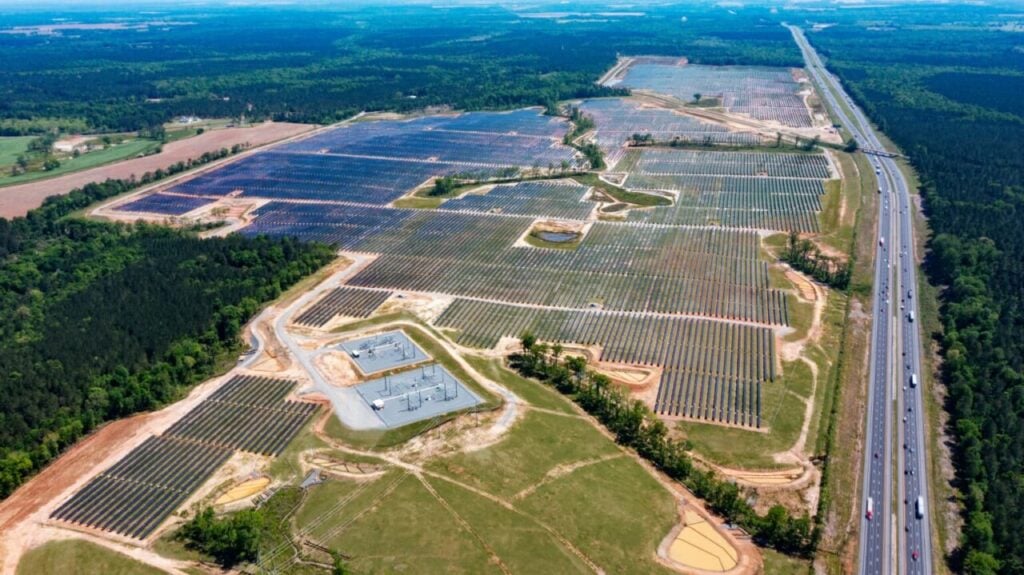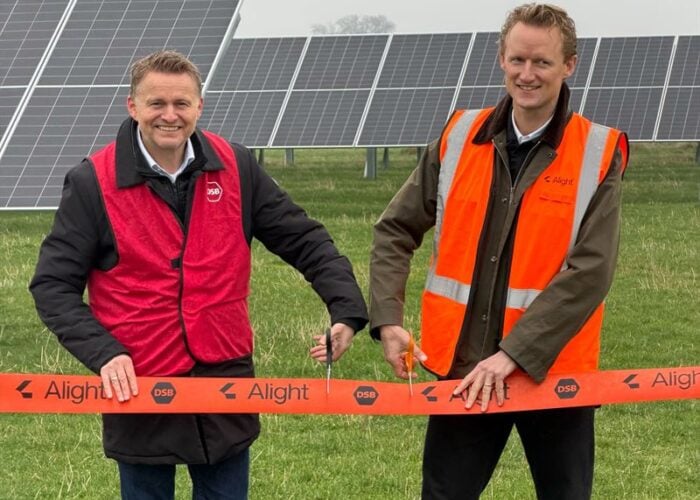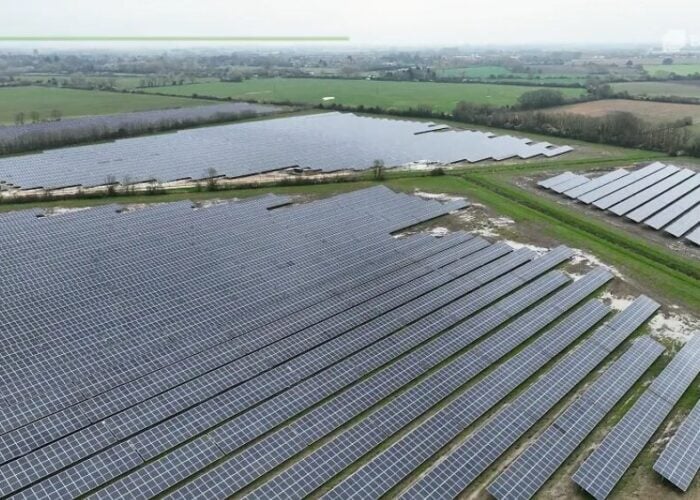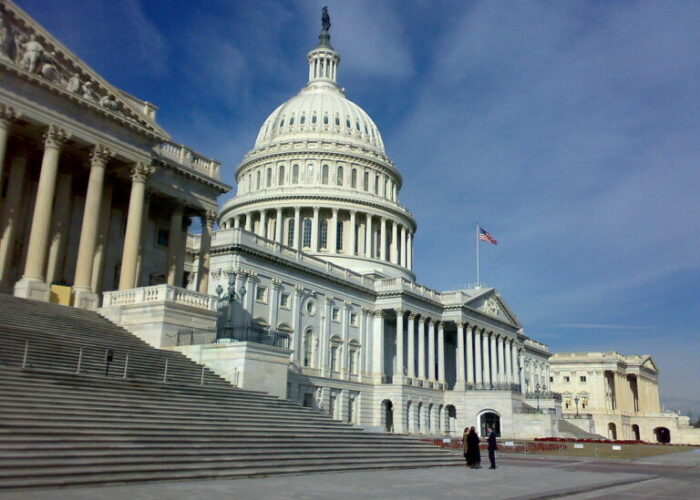
The Georgia Public Service Commission (PSC) has approved US utility Georgia Power’s 2025 Integrated Resource Plan (IRP), which will see the utility aim to install 4GW of new renewable power capacity by 2035.
The utility first proposed the 2025 IRP in January, and builds on a version of the document submitted in 2023. Georgia Power expects 8.5GW of electrical load growth in the state by 2030, an increase of over 2.6GW compared to the forecasts made in 2023, and the approved 2025 IRP sets out Georgia Power’s activities to meet this demand.
Try Premium for just $1
- Full premium access for the first month at only $1
- Converts to an annual rate after 30 days unless cancelled
- Cancel anytime during the trial period
Premium Benefits
- Expert industry analysis and interviews
- Digital access to PV Tech Power journal
- Exclusive event discounts
Or get the full Premium subscription right away
Or continue reading this article for free
While some of the new power projects are not renewable energy – including a planned expansion of the Vogtle nuclear plant and upgrades to a natural gas plant near Savannah – the utility announced that it would focus on “economic new renewable energy procurements” through a competitive request for proposal (RFP) process. Of the 4GW of new renewable energy capacity Georgia Power expects to install by 2035, 1.1GW will be awarded through procurement auctions.
Georgia Power did not specify how these auctions would be split between different renewable energy technologies, but the dominance of solar in the state’s renewable energy mix suggests it will continue to play a key role. According to the US Energy Information Administration (EIA), solar provided the largest share of the state’s renewable electricity generation in 2024 for the third year in a row, accounting for half of Georgia’s renewable electricity generation and nearly 7% of its total net generation.
However, “almost all” of this generation came from utility-scale solar, with the EIA reporting that the state had 5.2GW of utility-scale PV capacity in operation at the beginning of this year. Georgia added around 1.5GW of utility-scale solar alone in 2024, accounting for a significant portion of the state’s 7.5GW of capacity in operation across all scales.
The utility’s latest IRP notes that clean energy procurement bids will be opened for both the utility-scale and distributed sectors, suggesting there could be potential for commercial and industrial (C&I) and residential solar in Georgia’s energy future.
Delivering grid growth
Georgia has seen a number of new investments in the solar sector this year, but many of these have focused on manufacturing and recycling, rather than project deployment. Last month, Qcells launched a new recycling arm, to be headquartered in Georgia, and in May German research centre ISC Konstanz announced that it would work with cell manufacturer Suniva on its crystalline silicon cell production facility in the state.
The utility’s IRP also includes a ten-year plan for transmission upgrades, including more than 1,000 miles of new transmission lines and steps to “improve the system’s efficiency and resiliency”. The plan also established “semi-annual meetings” with PSC Public Interest Advocacy (PIA) staff to assess the progress of grid expansion projects, and “implement a formal review process” to better integrate solar and storage projects into the state’s grid.
A lack of available grid capacity has long been a challenge for the US, both in terms of connecting completed projects to the grid and giving investors confidence that the projects they back will receive grid connections. Figures from the Lawrence Berkeley National Laboratory in California, published in January, found that close to 80% of new US energy generation projects awaiting grid connections withdraw their applications before coming online, so long is the queue for connections.
The same research found that this phenomenon disproportionately affects solar projects; between 2000 and 2018, just 14% of proposed solar plants came online, compared to 32% of proposed natural gas plants.
Battery energy storage systems (BESS) have long been touted as a means of overcoming limited grid capacity for renewable energy projects, and Georgia Power’s latest IRP aims to add more than 1.5GW of BESS in the coming years. The utility has already started investing in new BESS projects across the state; last month, Georgia Power began construction on 765MW of new BESS projects.






